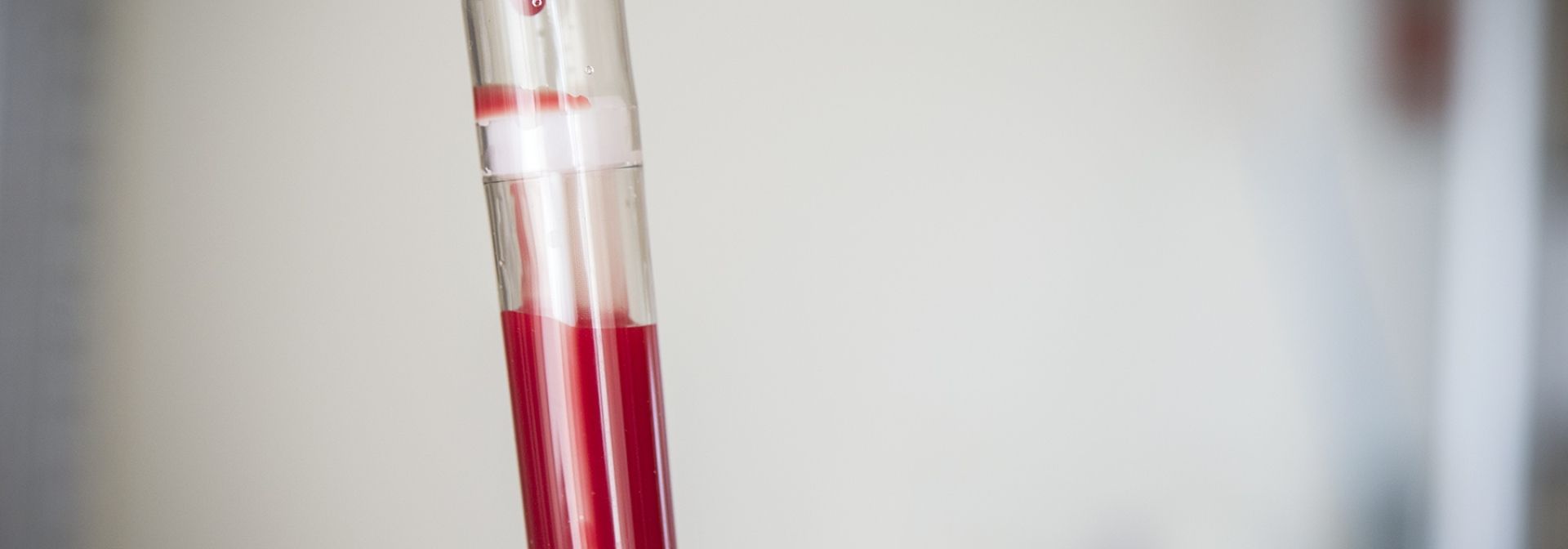Effective immediately masking is required for everyone when present on all inpatient units, in the Emergency Department (ED), the Urgent Care Centre (UCC), and the Children’s Outpatient Centre (COPC).
An autologous stem cell transplant is a treatment for certain types of cancer. It involves removing some of your blood stem cells, getting a high dose of chemotherapy, and then re-infusing your stem cells back to you. This treatment allows you to have much higher doses of chemotherapy than usual. Your re-infused stem cells act as a rescue and help re-grow your blood cells after the high dose of chemotherapy.
You will need to stay in the hospital for 3-4 weeks to receive the stem cell re-infusion and for your blood counts to recover.
Other transplants use stem cells from someone else (a donor) and are called a donor stem cell transplant, or an allogeneic transplant. Allogeneic transplants are not available at KGH. If you require a stem cell transplant that uses donor stem cells, you will be referred to another hospital outside of our region (for example, Ottawa).
STEM CELL TRANSPLANT PROCESS
To be considered for a stem cell transplant at KGH, you must be referred by your hematologist. Once you are referred to the program, you will be booked for an appointment with the stem cell transplant team. The purpose of this first meeting is to decide if a stem cell transplant will be an appropriate and safe treatment option for you.
The bone marrow and stem cells
To understand a stem cell transplant, it helps to know about stem cells and the bone marrow.
Stem cells are blood cells at their earliest stage of development. All blood cells develop from stem cells. The full name for stem cells in the blood and bone marrow is haematopoietic progenitor cells, but on this website we call them stem cells.
Bone marrow is a spongy material inside the bones. The bone marrow is where stem cells are made. Stem cells stay in the bone marrow while they develop into blood cells. Then, once they are fully mature, the blood cells are released into the bloodstream.
High-dose chemotherapy will destroy the stem cells in your bone marrow as well as the cancer cells. Therefore, your healthy stem cells are taken and stored before your high-dose chemotherapy. Afterwards, the stored stem cells are given back to you through a drip (infusion) into one of your veins. The stem cells go to your bone marrow and start to make blood cells again. Without stem cells, your blood counts could not get back to normal after such high doses of chemotherapy.
Your stem cell transplant doctor and nurse will explain why you are being recommended for a stem cell transplant. They will also tell you about the possible benefits and risks.
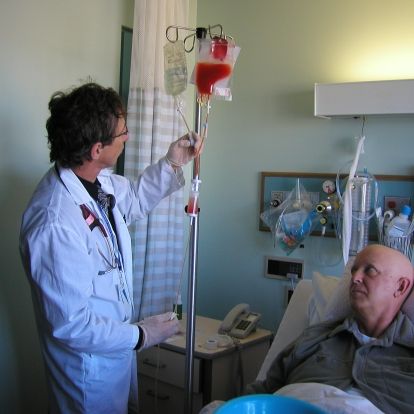
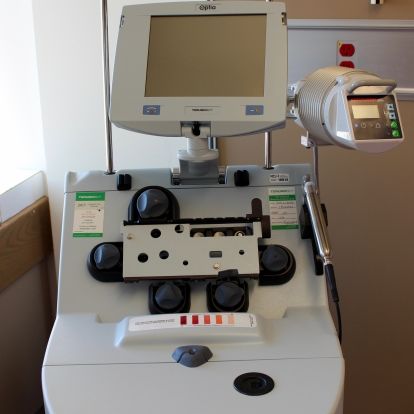
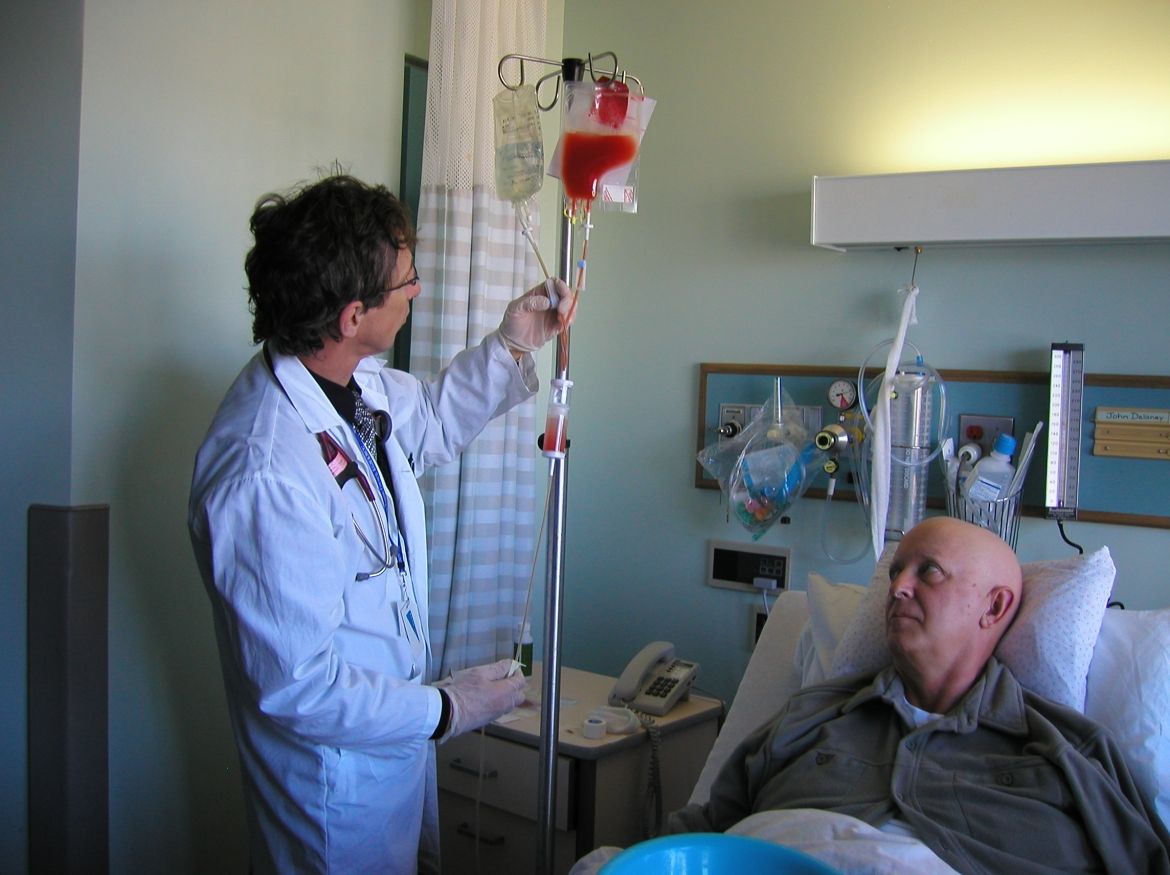
This picture is of a man getting his stem cells re-infused after receiving high dose chemotherapy.
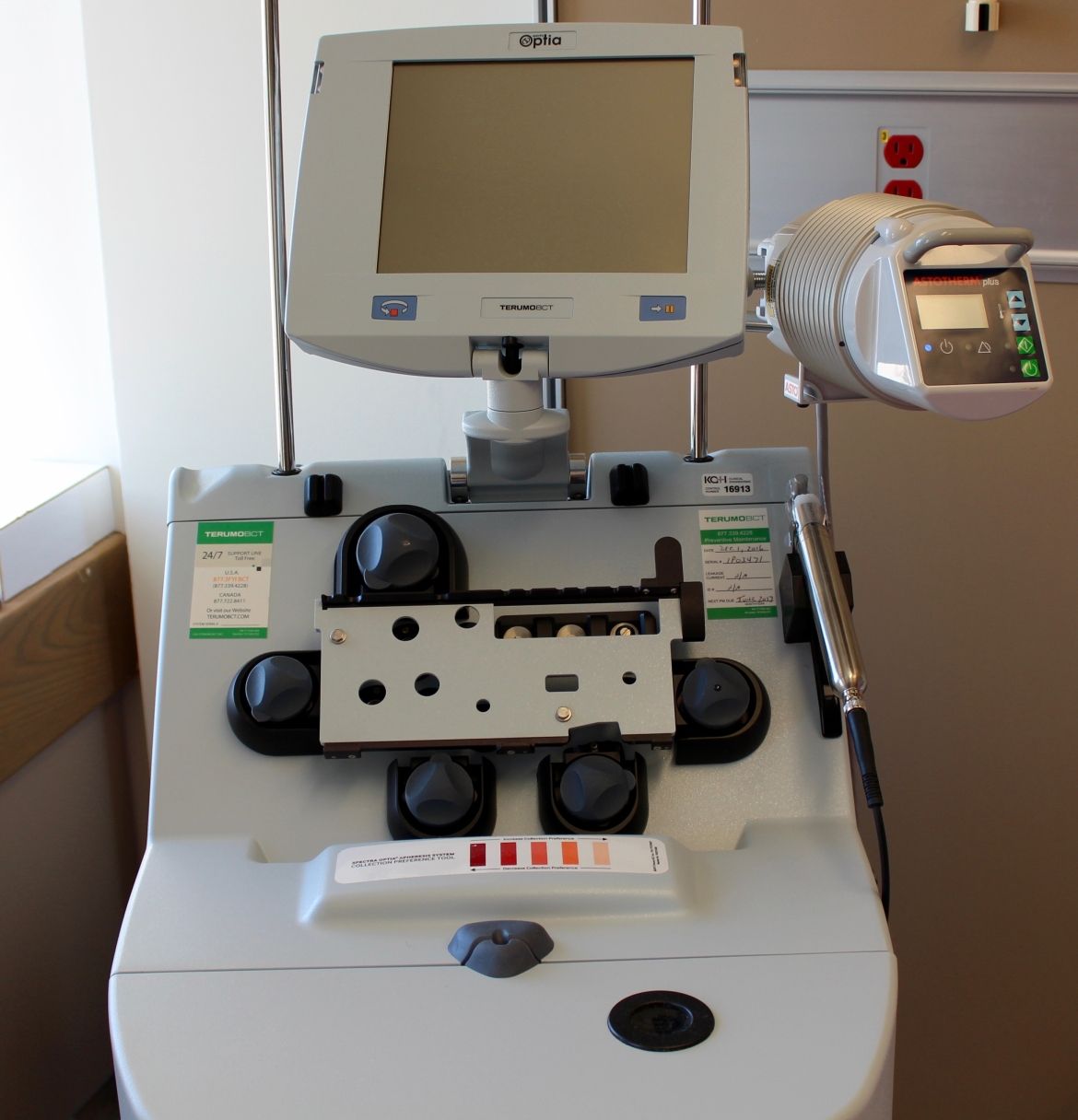
Machine used to collect stem cells

